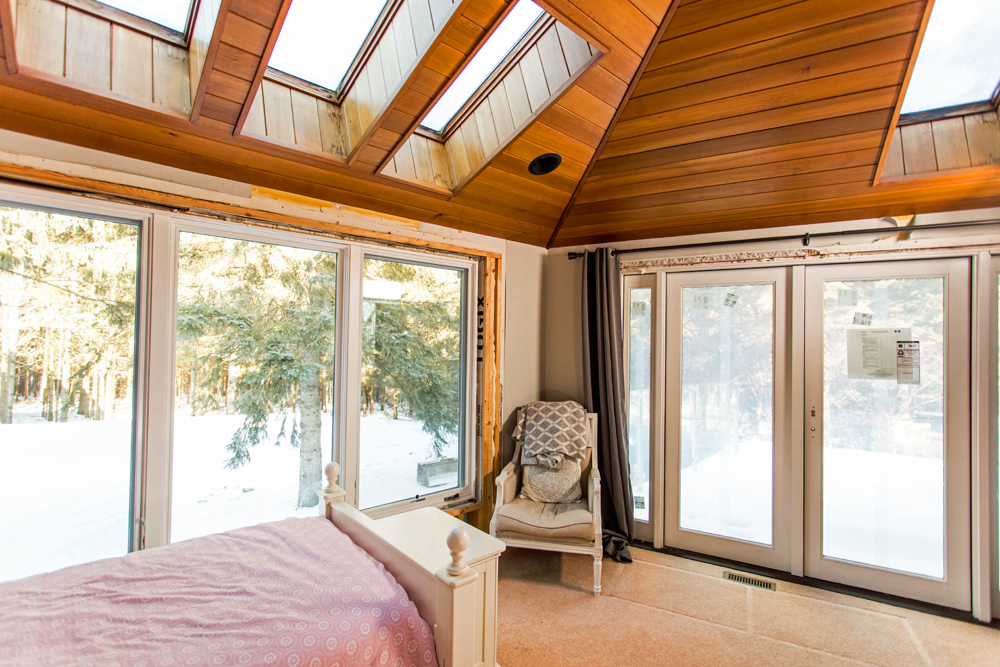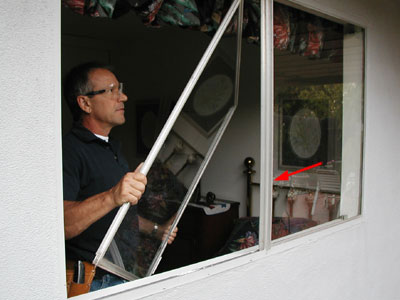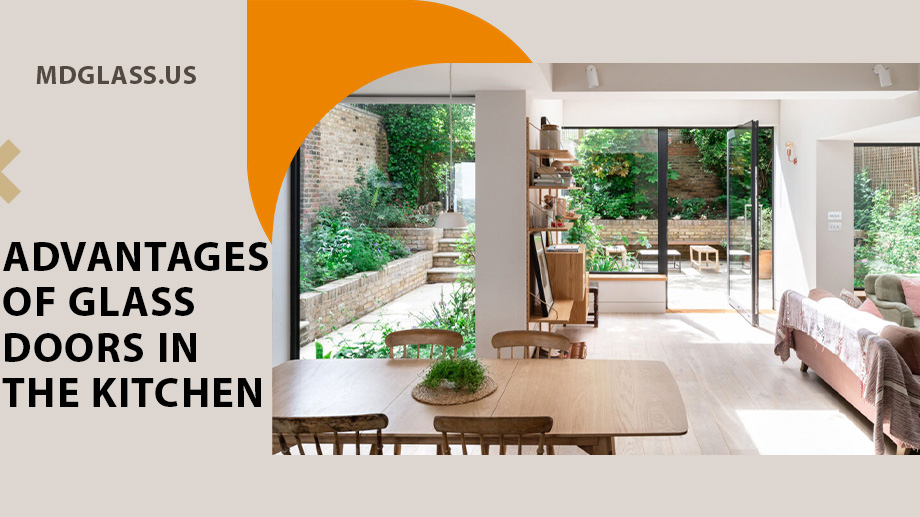When is a window old? Why do old windows fog up and what can be done about condensation? Which glazes, varnishes and colors are suitable for renovating and replacing old windows? When is it worth replacing and renovating old windows with new ones?
How old is my window?
The first question is how old is a window. Anyone who knows the year of construction of the building already has a clue for determining the age of the windows installed in it. But what if these were exchanged in between?

With luck, the type designation and the year of construction are stuck on the window – often hidden – or noted on a small metal plate. If this is not the case, the age of the windows can be recognized by typical features and the period for their installation can be determined.
Differentiate window types according to the year of construction / construction period
single glazed windows (single pane windows) built up to 1978
Composite windows from year of construction 1978 (casement windows with two panes per casement that can be decoupled for cleaning)
Box windows (two one behind the other, individually openable windows) up to year of construction 1978 (exceptionally also afterwards)
Windows with insulating glass that is not coated (glazing consists of two panes connected to one another) 1978 to 1995

Windows with so-called 2-pane thermal insulation glass (glazing consists of two panes connected to one another, between which a reflective coating is inserted) 1995 to 2008
Windows with three– pane thermal insulation glass (three panes are connected to each other, there are reflective coatings in the two spaces) from 2000
Old Windows: Typical problems and their Causes
Many old windows have problems with tightness. They let air through. With the draft, expensive heat is lost to the environment in the winter, and the room behind the window heats up additionally in the summer. Up to 15 percent of the energy is literally thrown out the window. Old windows in old buildings in particular have problems with tightness.

In addition, there are effects such as condensation that forms in the winter, especially on single-pane windows because they are particularly cold from the cold outside, so that the moist room air condenses on them on the room side. Constantly damp windows are not a pretty sight in themselves, not to mention the limited view. For their part, they also contribute to the fact that the frames of the windows suffer, especially when it comes to wooden frames. They then gradually become damp and offer mold spores an ideal breeding ground.




